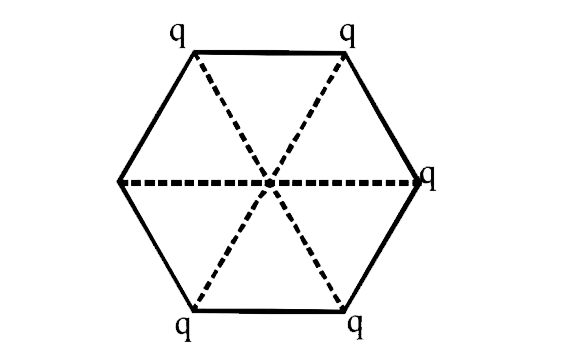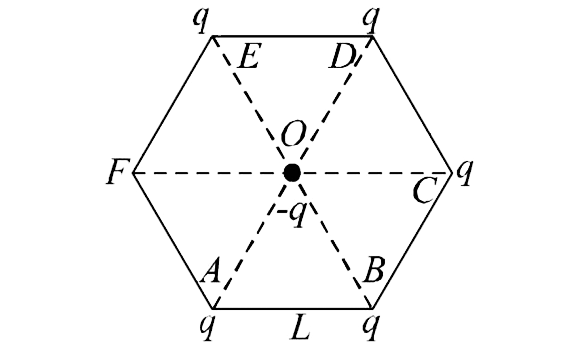Text Solution
Verified by Experts
The correct Answer is:
|
Topper's Solved these Questions
ELECTROSTATICS
SUNIL BATRA (41 YEARS IITJEE PHYSICS)|Exercise Subjective Problems|2 VideosView PlaylistELECTROSTATICS
SUNIL BATRA (41 YEARS IITJEE PHYSICS)|Exercise Comprehension Based Questions|2 VideosView PlaylistELECTROMAGNETIC INDUCTION AND ALTERNATING CURRENT
SUNIL BATRA (41 YEARS IITJEE PHYSICS)|Exercise JEE Main And Advanced|107 VideosView PlaylistMODERN PHYSICS
SUNIL BATRA (41 YEARS IITJEE PHYSICS)|Exercise MCQ (One Correct Answer|1 VideosView Playlist
Similar Questions
Explore conceptually related problems
Knowledge Check
Similar Questions
Explore conceptually related problems

